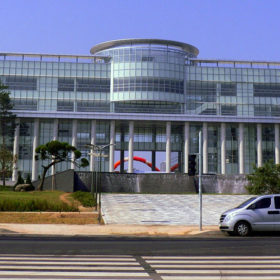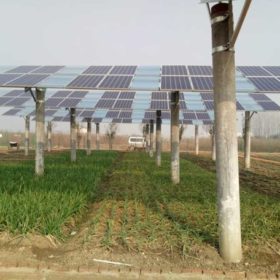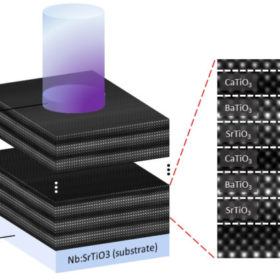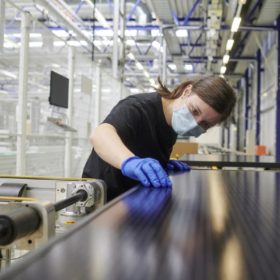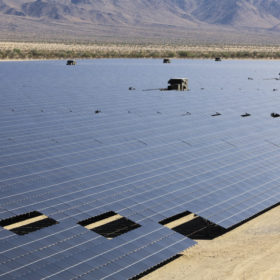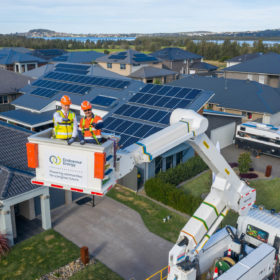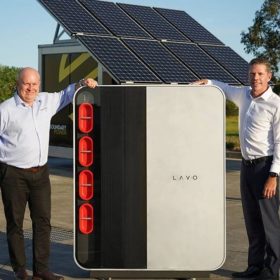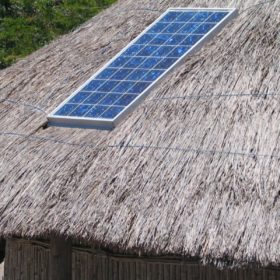Saturday read: Going full circle with battery recycling
With manufacturing ramping up year by year and policies already looking to get ahead of the large volumes of end-of-life products, the landscape for lithium-ion battery recycling is rapidly changing. pv magazine recently spoke with Mari Lundström, associate professor of chemical and metallurgical engineering at Aalto University, to find out what is needed on the research side for the effective recycling of batteries.
Four-terminal heterojunction perovskite tandem solar cell with 30.09% efficiency
Developed by a Vietnamese-Korean research group, the complex PV device was built with a bottom bifacial crystalline silicon perovskite-filtered heterojunction sub-cell that is able to absorb all solar spectra in the short-wavelength range.
Novel plant design for agrivoltaics improves yield
Developed by Chinese researchers, the novel design methodology consists of utilising metal brackets as mounting structures, conventional solar panels, and a grooved glass plate placed between the solar panels. According to its creators, it ensures a farmer’s average income increases by 5.14 times, including the solar power generation business. A system built with this approach should cost around €715 (AU$1145) per kW installed.
Crystal arrangement results in 1,000x more power from ferroelectric solar cells
German researchers developed a lattice arrangement of three different layers of ferroelectric crystals that created a powerful photovoltaic effect.
MSquare Energy becomes Australia’s second module manufacturer
Sydney-based MSquare Energy says it has ambitions of becoming Australia’s largest solar panel manufacturer. It is entering the market at a pivotal moment when Australia’s panel manufacturing industry is pushing to compete on equal footing with global leaders.
Meyer Burger plans to launch solar PV roof tiles in 2022
The Swiss group has acquired an integrated solar roof system solution from an unidentified German engineering service provider for this purpose. The aim is grow this sector from a niche market.
First Solar plans a 3.3 GW Indian module fab
The U.S.-based manufacturer is planning a vertically integrated thin-film solar module manufacturing facility in India. The factory will likely be built in Tamil Nadu and become operational in the second half of 2023.
Saturday read: In conversation with UNSW’s Anna Bruce on distributed transformation
The time is now for the energy consumer, says Anna Bruce, as energy “prosumers” produce, consume, and provide electricity and grid services in previously unimagined ways. Bruce, a senior lecturer at the University of New South Wales’ School of Solar Photovoltaic and Renewable Energy Engineering (SPREE), leads work on the role of distributed energy resources in the energy transition, analysing firsthand the dizzying level of complexity it brings.
Partnership to explore hydrogen technology in standalone systems
Standalone power system specialist Boundary Power has teamed up with Australian hydrogen technology company LAVO to investigate the potential application of its renewable hydrogen energy storage system in power solutions suitable for off-grid and edge-of-grid customers.
Solar manufacturers warn of 12-18 months disruption for standalone products
Potential price rises of 14% for the solar home systems that are driving access to electricity in the world’s under-served regions could signal further arrested progress towards the UN goal of universal access by 2030.

